Discover 7 hidden attractions, cool sights, and unusual things to do in Newport (United States). Don't miss out on these must-see attractions: Newport Opera House, South Congregational Church, and Nettleton House. Also, be sure to include Richards Free Library in your itinerary.
Below, you can find the list of the most amazing places you should visit in Newport (New Hampshire).
Table of Contents
Newport Opera House

Building in Newport, New Hampshire. The Newport Opera House is a historic civic building and performing arts venue at 20 Main Street in the heart of downtown Newport, the county seat of Sullivan County, New Hampshire, United States. Built in 1886, it was billed as having the largest stage in New England north of Boston, and continues to serve as a performance venue today. The building was listed on the National Register of Historic Places, as "Town Hall and Courthouse", in 1980, for its architecture and civic roles, and is a contributing property in the Newport Downtown Historic District.[1]
Address: 30 Main St, 03773 Newport (Newport)
South Congregational Church
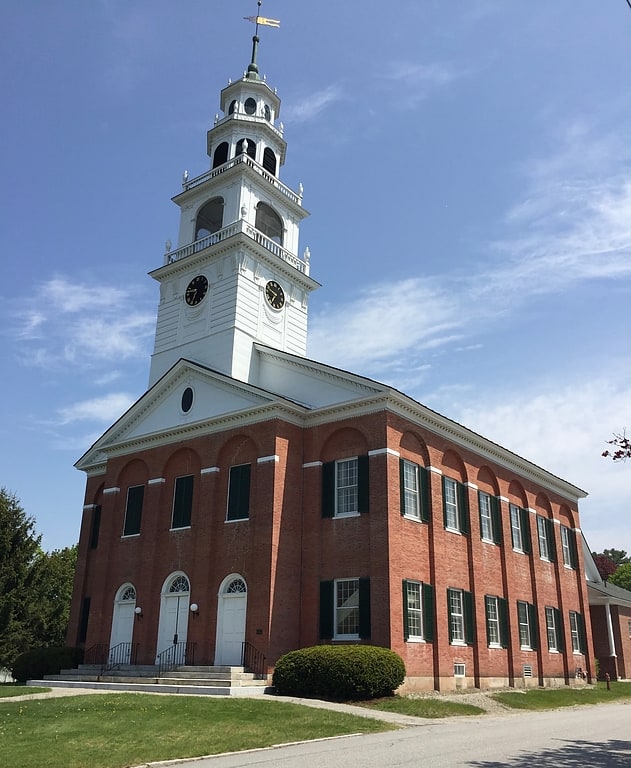
Church building in Newport, New Hampshire. South Congregational Church is a historic church building at 58 S. Main Street in Newport, New Hampshire. The two-story brick church was built in 1823 by the carpenter John Leach for a congregation established in 1779, and is the most northerly of a series of rural churches based on a design used by Elias Carter in the design of the Congregational church in Templeton, Massachusetts. The church building was listed on the National Register of Historic Places in 1989. The congregation is affiliated with the United Church of Christ.[2]
Address: 20 Church St, 03773-1908 Newport (Newport)
Nettleton House
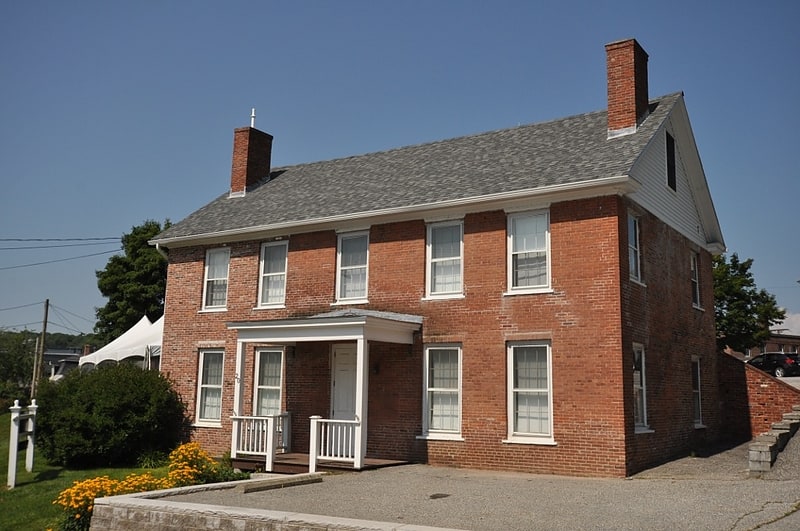
Museum in Newport. The Nettleton House is a historic house at 20 Central Street in Newport, New Hampshire. The two-story brick structure was probably built in the 1830s, since it exhibits a commonality of materials and construction techniques with the nearby former county courthouse, which was built in 1824. It was probably built by Joel Nettleton, and is referred to in deeds as the Nettleton homestead. Nettleton operated a tavern and stage coach. The house, listed on the National Register of Historic Places in 1977, is now home to the Newport Historical Society Museum.[3]
Richards Free Library
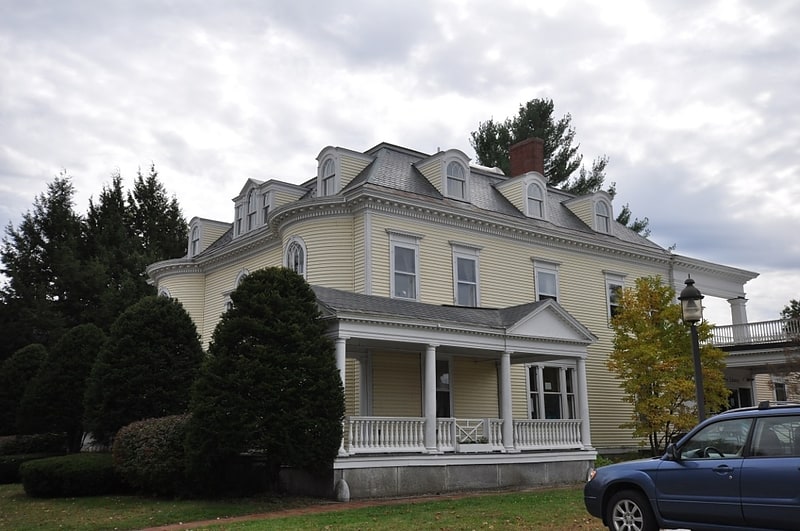
Public library in Newport, New Hampshire. The Seth Mason Richards House, housing the Richards Free Library and the Library Arts Center, is a historic house, public library, and art gallery at 58 North Main Street in Newport, New Hampshire. This three-story Colonial Revival house was designed by Boston, Massachusetts architect James T. Kelley and built in 1898-99 for Captain Seth Mason Richards, a scion of one of Newport's wealthiest families. The property, including the house and carriage house, were donated by his heirs for use as the town's public library in 1962. The library is housed in the main building, while the carriage house has been converted for use as a gallery space. The property was listed on the National Register of Historic Places in 1984.[4]
Address: 58 N Main St, Newport (Newport)
Isaac Reed House
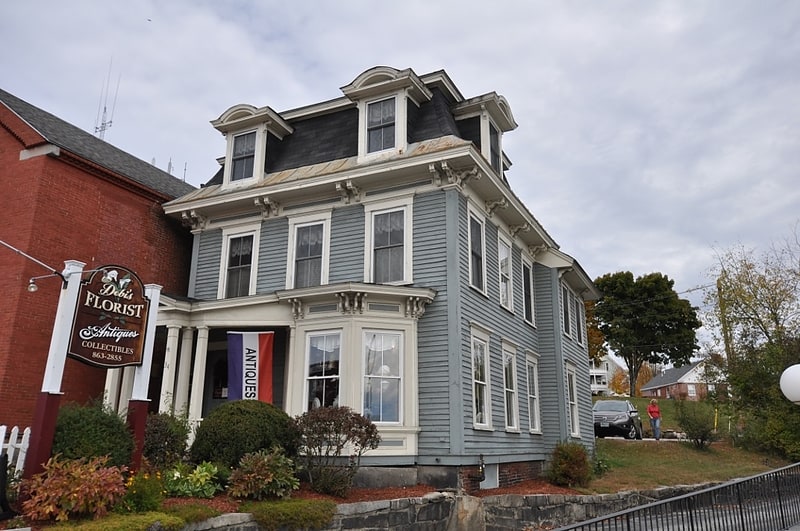
Building in Newport. The Isaac Reed House is a historic house at 30-34 Main Street in downtown Newport, New Hampshire. Built about 1869, it is a good local example of Second Empire architecture, and an important visual element of the surrounding commercial downtown and civic area. The house was listed on the National Register of Historic Places in 1985, and is a contributing property to the Newport Downtown Historic District.[5]
Richards
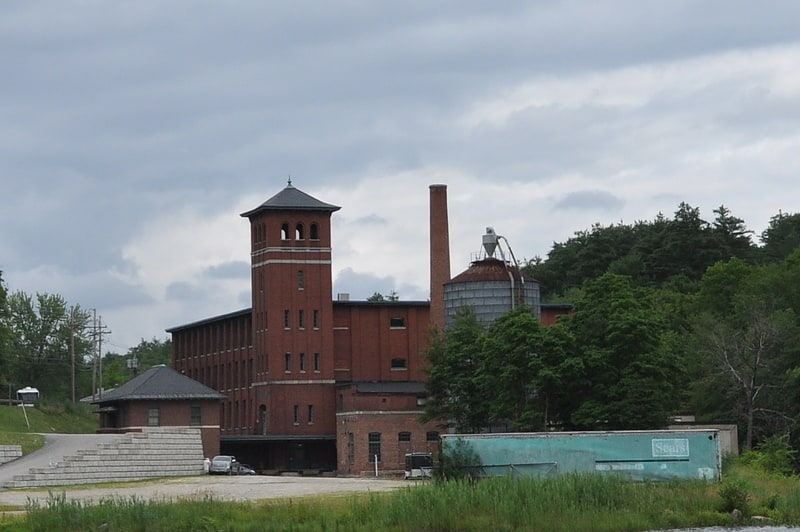
The Richards, Dexter, & Sons Woolen Mill, also known locally as the Dexter Mill, is a historic industrial property at 169 Sunapee Street in Newport, New Hampshire. Built in 1905, it is a well-preserved example of period mill architecture, which served as an important area employer for many years. The property was listed on the National Register of Historic Places in 1985.[6]
Newport Downtown Historic District
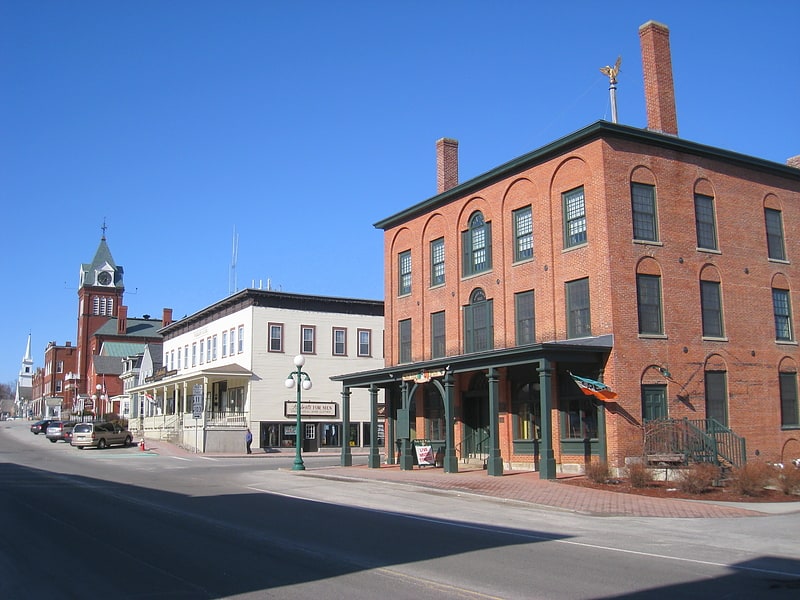
The Newport Downtown Historic District encompasses the 19th century heart of Newport, New Hampshire, the county seat of Sullivan County. The district includes the major commercial and civic buildings which line Main Street between Depot Street and the Sugar River. The district was listed on the National Register of Historic Places in 1985.
Although Newport was settled in 1765, its current center began to take shape with the construction of the Croydon Turnpike, along what is now Main Street. The area was soon lined with services for travelers. The oldest commercial building in the district, the Eagle Block at 64 Main Street, was built in 1825-26; it is a three-story Federal-style brick building. The town gained in importance when Sullivan County was set off from Cheshire County in 1826, resulting in the construction of the records office, jail, and the first courthouse, all brick Federal-style buildings. on the east side of Main Street. The courthouse (now used for other purposes) stands on a hill set well back from Main Street.
The west side of Main Street became the locus for commercial development, and now sports a series of buildings mostly built before 1930, anchored at one end by a modern state liquor store, and at the other end by a c. 1930 Worcester Lunch Car Company diner, which abuts the Eagle Block. The dominant feature of the east side is now the Newport Opera House building, which was designed by Hira R. Beckwith to serve as the courthouse and town hall, and replaced an 1872 building destroyed by a major fire. This building is now used mainly as a performing venue; the municipal offices are now located just outside the district on Sunapee Street. Also notable on the east side is the Isaac Reed House, one of the last private residences built in the area, and a particularly fine example of Italianate and Second Empire styling.[7]